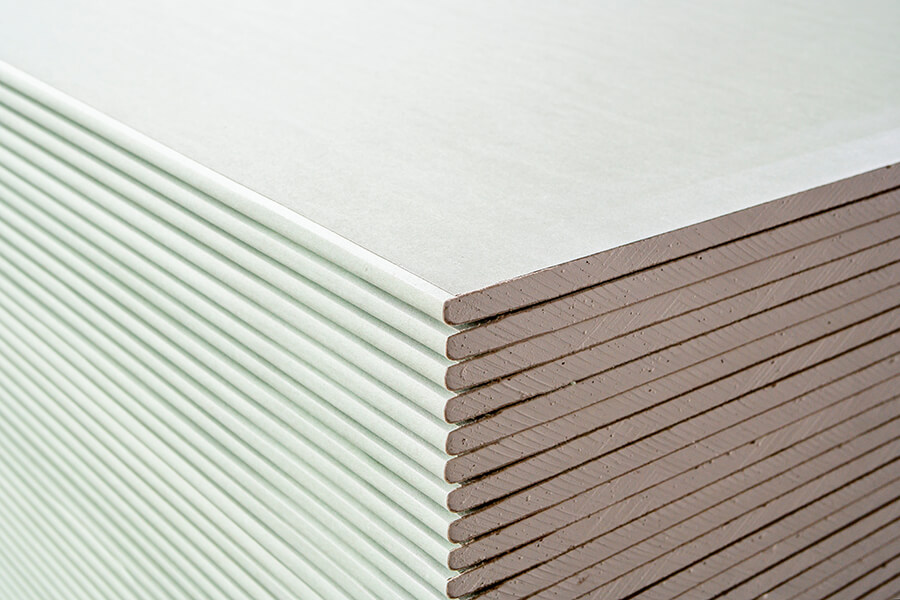The Ultimate Comparison: Drywall vs. Plywood - Unveiling the True Cost

When it comes to construction and renovation projects, choosing the right materials is crucial. Drywall and plywood are two commonly used materials, each with its own set of advantages and disadvantages. However, the question that often arises is which one is more expensive? In this comprehensive blog post, we will delve into the intricacies of drywall and plywood, comparing their costs, durability, installation process, and environmental impact. By the end, you will have a clear understanding of which material suits your project's needs and budget.
- Cost Comparison:
To determine the true cost of drywall and plywood, it is essential to consider various factors. While the initial purchase price of plywood may be higher than that of drywall, it is important to factor in the installation and finishing costs. Drywall requires additional steps such as taping, mudding, and sanding, which can significantly increase labor expenses. On the other hand, plywood offers a more straightforward installation process, potentially offsetting the initial price difference. - Durability and Longevity:
When it comes to durability, plywood has a clear advantage over drywall. Plywood is known for its strength and resistance to impact, making it ideal for areas prone to high traffic or potential damage. Drywall, although less sturdy, can still withstand everyday wear and tear. However, it is more susceptible to moisture damage, requiring extra precautions in areas such as bathrooms or basements. - Installation Process:
Installing drywall involves precise measurements, cutting, and fitting, making it a time-consuming process. On the other hand, plywood's larger sheets and simpler installation method can save both time and labor costs. Additionally, plywood's versatility allows for easier customization and adaptability to irregular surfaces, making it a preferred choice for complex projects. - Environmental Impact:
In today's environmentally conscious world, considering the ecological footprint of construction materials is crucial. Drywall production involves gypsum mining, which can have adverse effects on the environment. However, drywall is highly recyclable, reducing waste and promoting sustainability. Plywood, made from layers of wood veneers, is also recyclable but requires careful sourcing to ensure responsible forestry practices.
Conclusion:
After a thorough analysis, it is evident that the cost comparison between drywall and plywood is not as straightforward as it may seem. While plywood may have a higher initial price, its durability, ease of installation, and potential labor cost savings make it a viable long-term investment. On the other hand, drywall's recyclability and versatility in customization cannot be overlooked. Ultimately, the choice between drywall and plywood should be based on the specific requirements of your project, considering factors such as budget, durability, installation complexity, and environmental impact.
